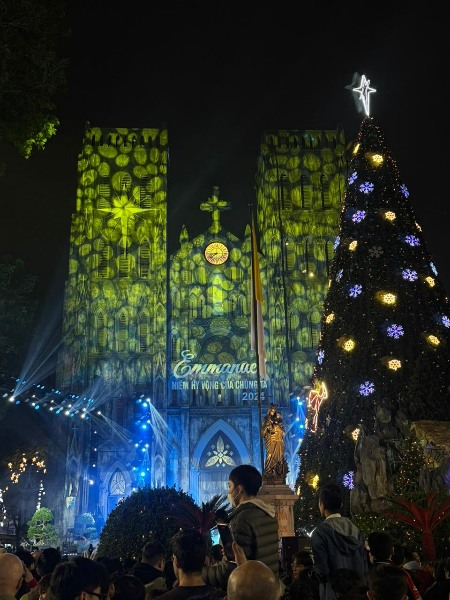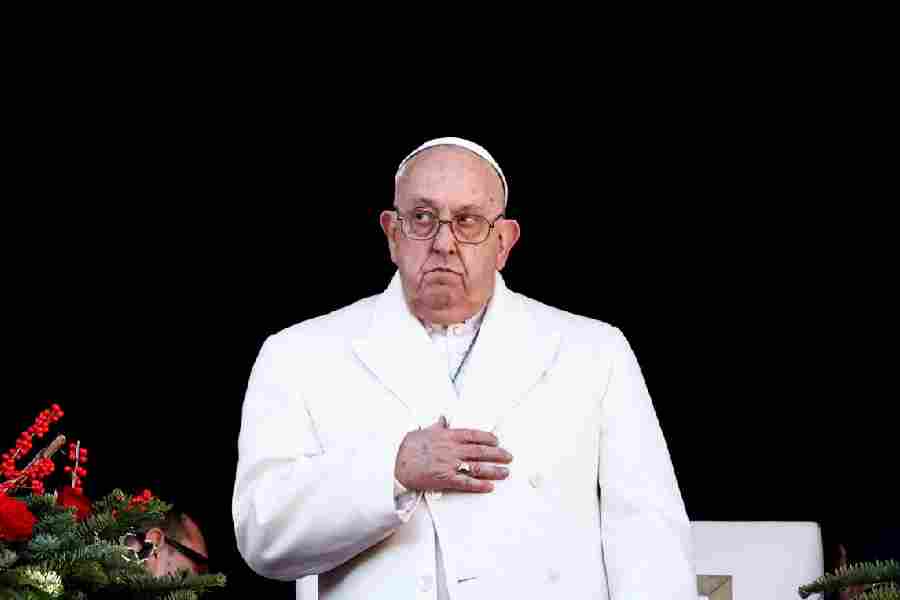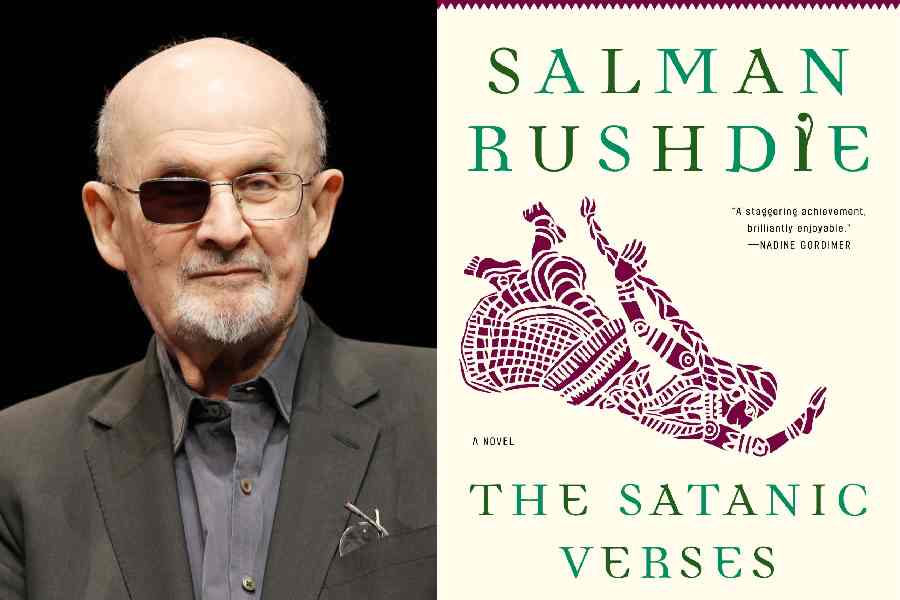Book: 20th Century Indian Art: Modern, Postindependence, Contemporary
Editor: Partha Mitter, Parul Dave Mukherji and Rakhee Balaram
Publisher: Thames & Hudson
Price: $125
Launching 20th Century Indian Art at the India Art Fair in New Delhi in the heat and dust of late April this year, two of its editors, Partha Mitter and Parul Dave Mukherji (its third editor, Rakhee Balaram, could not attend), attempted the impossible task of summing up how this mammoth collation of modern Indian art history and criticism took shape and form. If their task was challenging, mine competes: how does one summarise this behemothic yet piercing project, which has produced an art object in itself ?
Choicest superlatives have already been heaped upon this immense achievement — ‘comprehensive’, ‘pioneering’, ‘definitive’, ‘breathtaking’, ‘pathbreaking’ — which stands at 744 pages, with over 800 art plates and over a 100 informative text-boxes. There is one main section for each editor (“Modern”, “PostIndependence”, “Contemporary”), chronologically arranged — though the boundaries remain porous. A fourth section, curated by all three editors, glances at other regional modernisms in South Asia, providing frames and contexts.
Perhaps the one fact that is the most illuminating about the book is that it was fourteen years in the making — because it still does not seem like time enough.
“It would be audacious, to say the least, to present 20th-century Indian art as a coherent and self-contained subject.” The editors begin their Introduction thus, and one may run with it as the tenor of their work. If the history — and geography, philosophy, psychology, politics, poetics and aesthetics — of 20th-century Indian art can be understood to be an incoherent and un-self-contained subject, then we are primed for the kind of book that has been put together for exploration and immersion and provocation, not mere edification. This is a book that I have not read cover to cover because it simply cannot be absorbed in that way. I have played all kinds of tricks with it instead: sometimes opening it randomly, sometimes searching for an artist or a movement, sometimes drawn to a critical essay as it beckons. And always being waylaid by dozens of coloured art plates and the ‘boxes’, containing text and illustrations both, which become illuminating mini-chapters. A meticulous vision cohered to make this collection, yoking gently together the keenest critical eye and a soaring imagination on a century of Indian art spilling over into the present.
This is not a coffee-table book, even though it looks like a weightlifter’s version of one. It is an assemblage of lustrous knowledges that has something for everyone remotely interested in Indian art and can therefore be served up with coffee easily, perhaps even to entice the most stubborn philistine. It will undoubtedly become an irreplaceable resource for scholars, researchers and practitioners of Indian art. And it will be irreplaceable because of the vision that its scholar-editors have brought to it, that travels far beyond an incisive, if expected, historical-critical account of a country’s artistic heritage. The editorial vision searches horizons beyond the obvious landmarks of art and artists and schools and movements, to assimilate a sense of the minor and the peripheral alongside the primary — the heterogeneities, the contradictions, the exhilarations and the collapses of what may be called the most iconoclastic, provisional, speculative and audacious of ages of art in India (and much of the rest of the world), whose influences and lineages we are still struggling to map and digest.
What Mitter, Dave Mukherji and Balaram have striven for, and achieved, in this grand amassment is to eschew the grand for the kaleidoscopic, the mega for the infinitesimal, the overarching narrative for varied local and larger stories that may well be lost when their tellers are gone. There are chronologies and histories and sharp analyses and chapters on famed artists and works, of course — no gimmicks or short-cuts, but astute readings, sometimes aslant, of the greats through generations: Ravi Varma, Ananda Coomaraswamy, Rabindranath Tagore and the Santiniketan school with Nandalal Bose and Ramkinkar Baij, Amrita SherGil, the Bombay Group, the Baroda School, Nasreen Mohamedi, M.F. Husain, Meera Mukherjee, and many more.
Cleaving paths through them — the Bauhaus in Calcutta, Santhal art, the crafts movement, arts of Assam and Andhra Pradesh and Madras, CAMP, museums, the art of ideas, critics and journals, gallery spaces, installation art, sculpture, the ‘techno-turn’, video art, new media, art and activism, folk and tribal arts, the documentary film, street art and neoliberalism, exhibitions, fairs and biennales — these are just random pickings from a sea of riches. Interviews with artists and critics field the conversational turn. ‘Boxes’ offer intimate encounters with movements, organisations, art pieces.There are insights on politics, like the Naxalite movement and the Emergency, and their impact on art of the time.
The more one tries to lasso the book and pull it closer for a comprehensive comment, the more it slips away into nooks and crannies of Indian art-making that are riveting. Until it drives home the task it surely set itself: to entice, to reveal, to mystify, to clarify, to tantalise, to confuse, to provoke, to pacify, to anger, even, as much to delight… enacting the range of the art it captures, in as many compelling ways.











